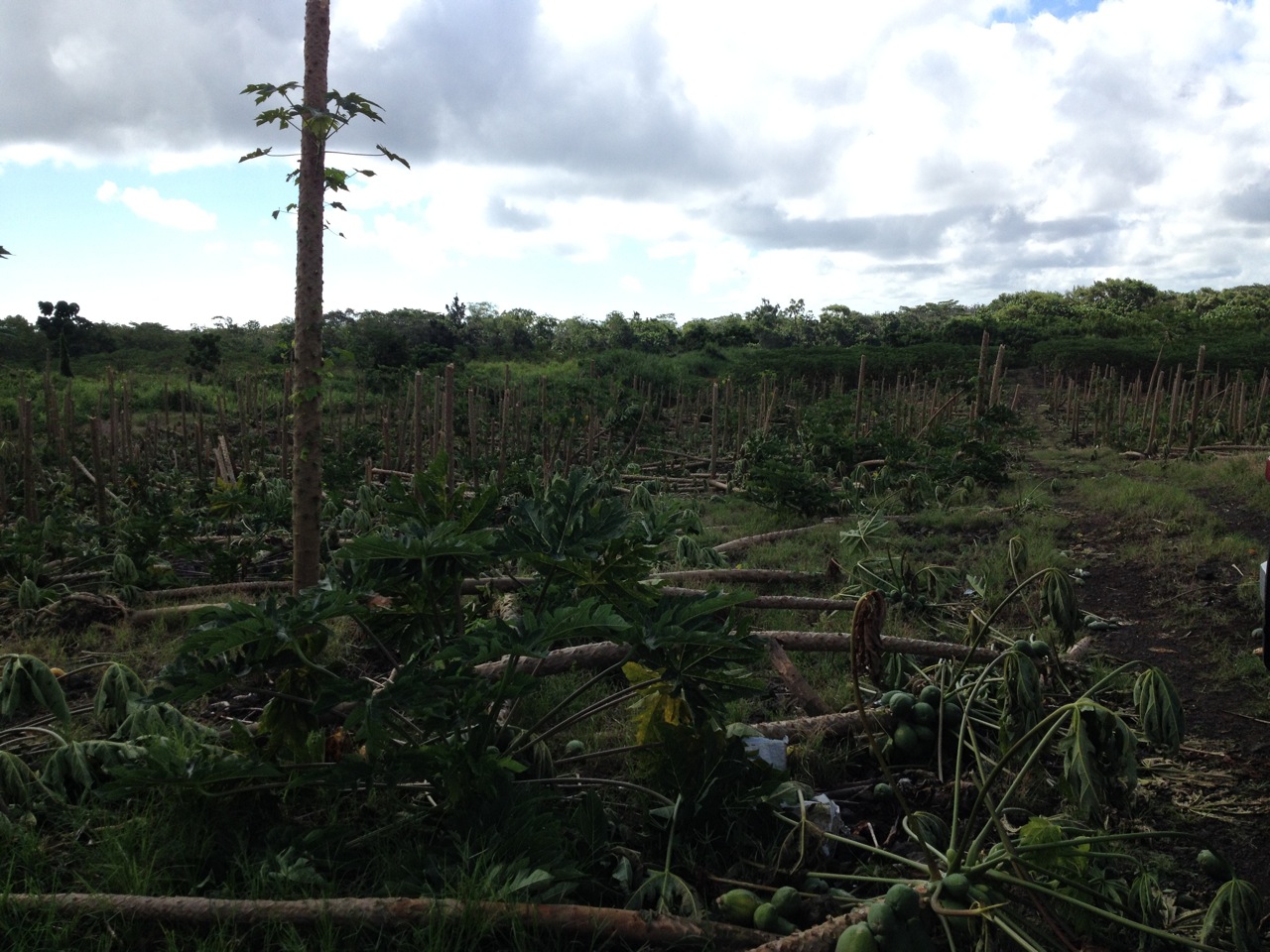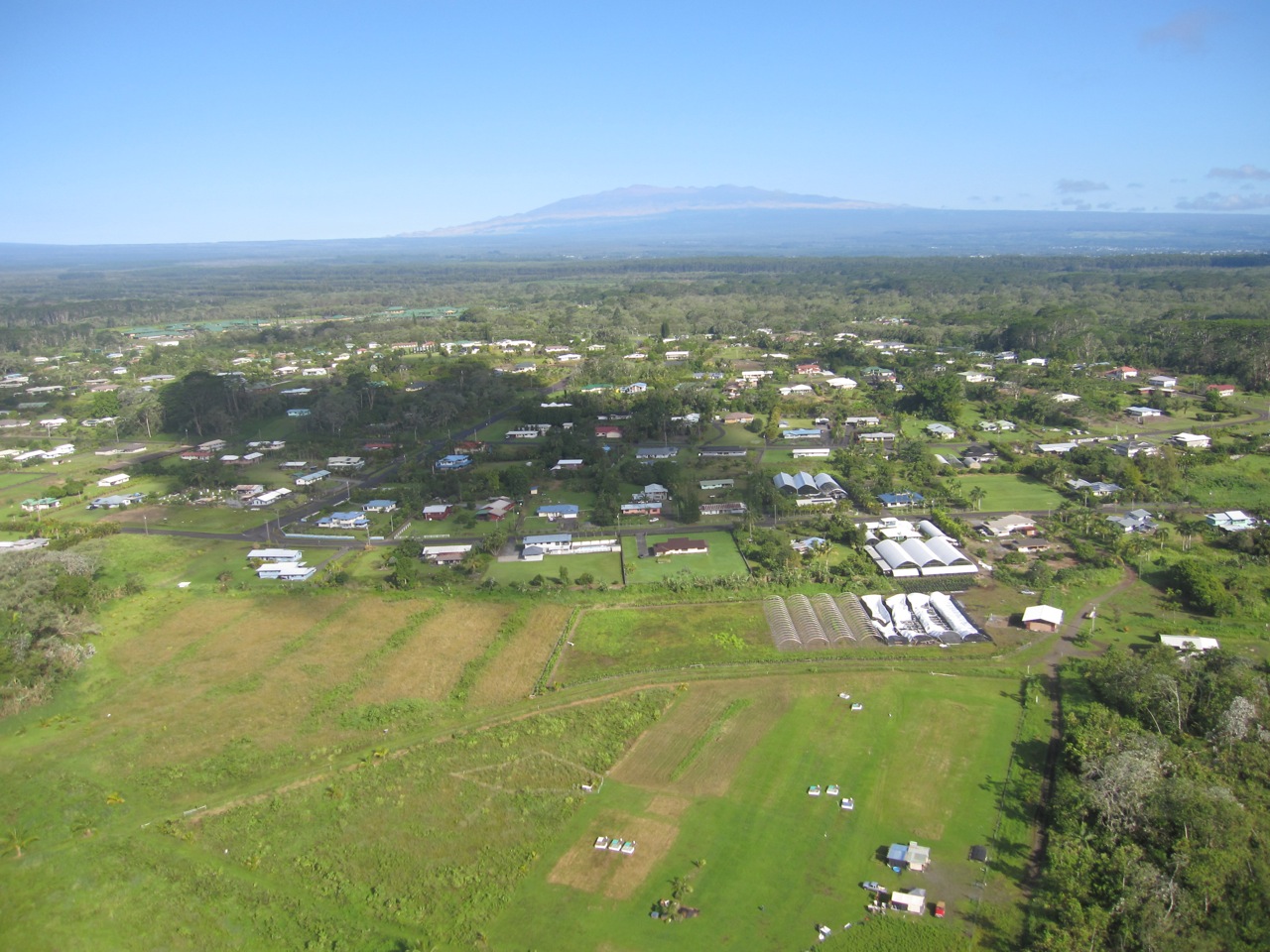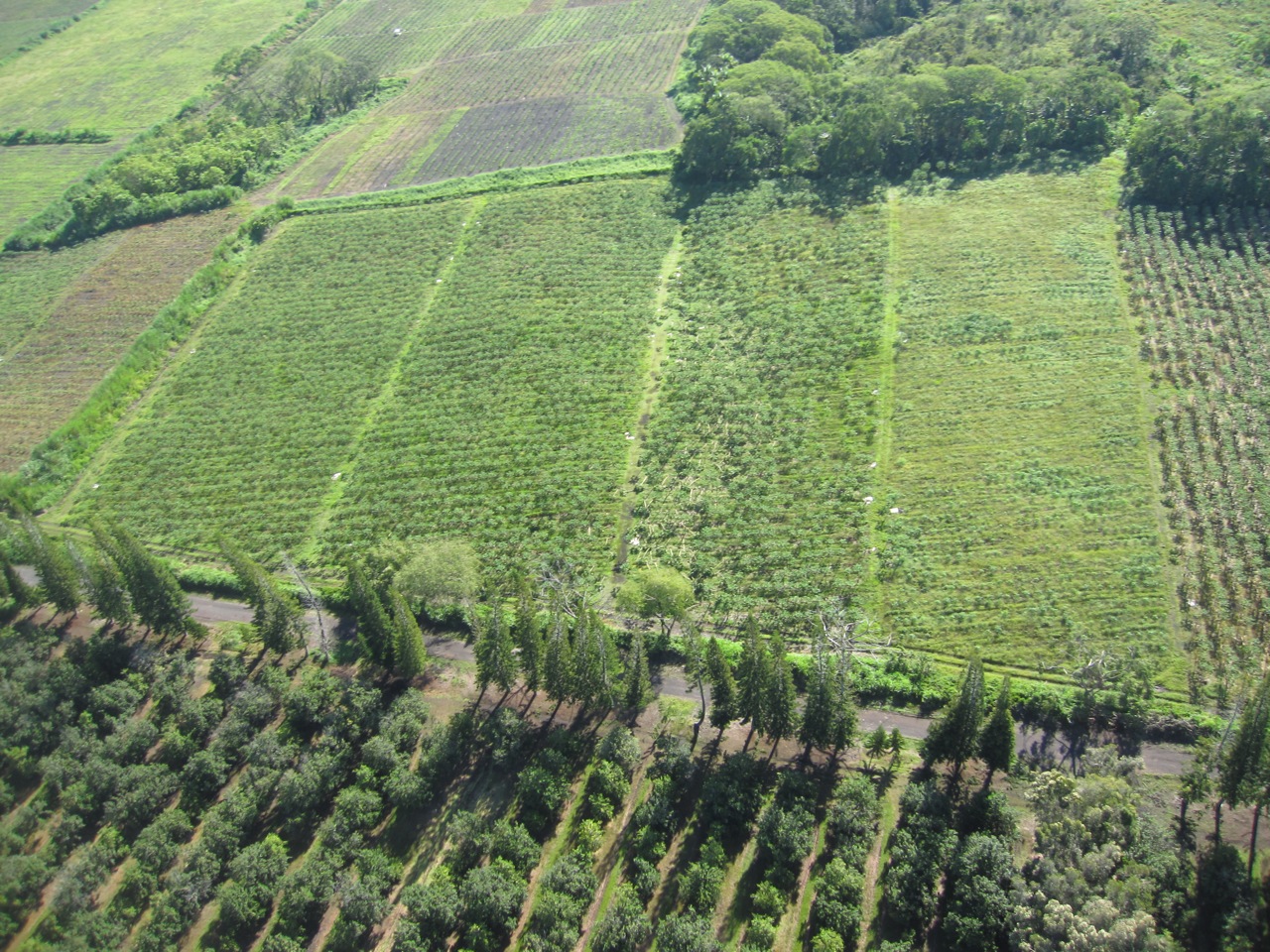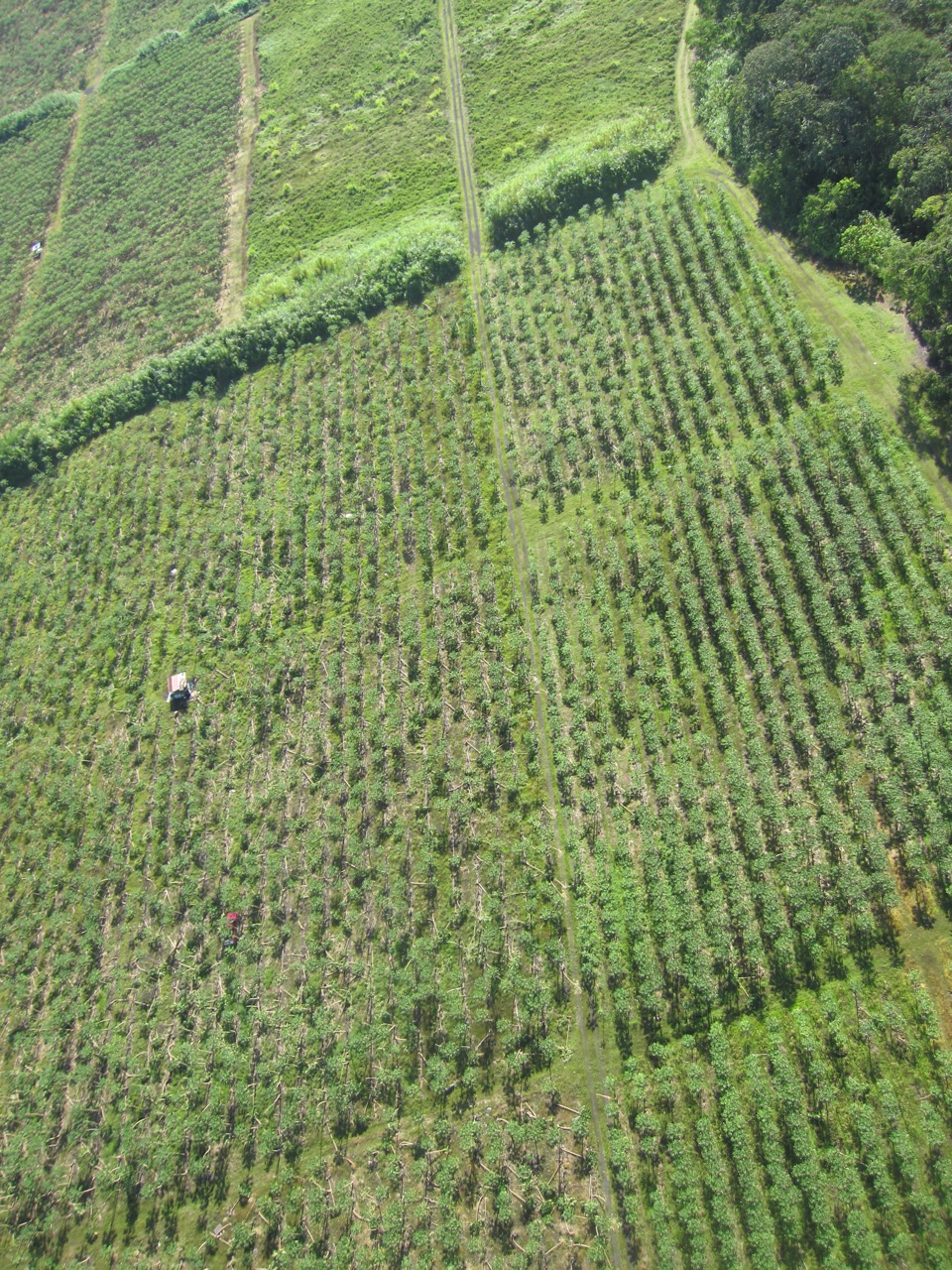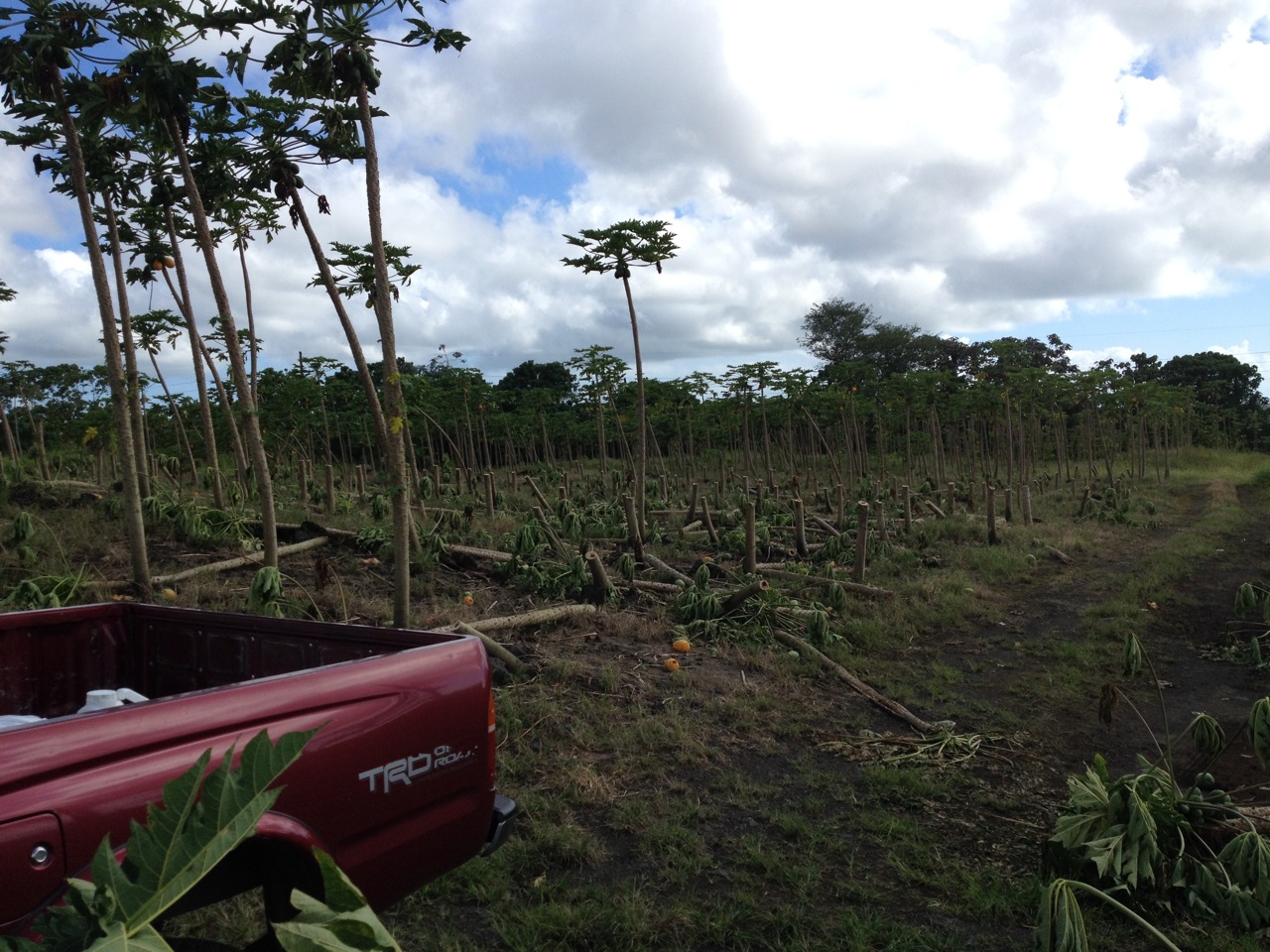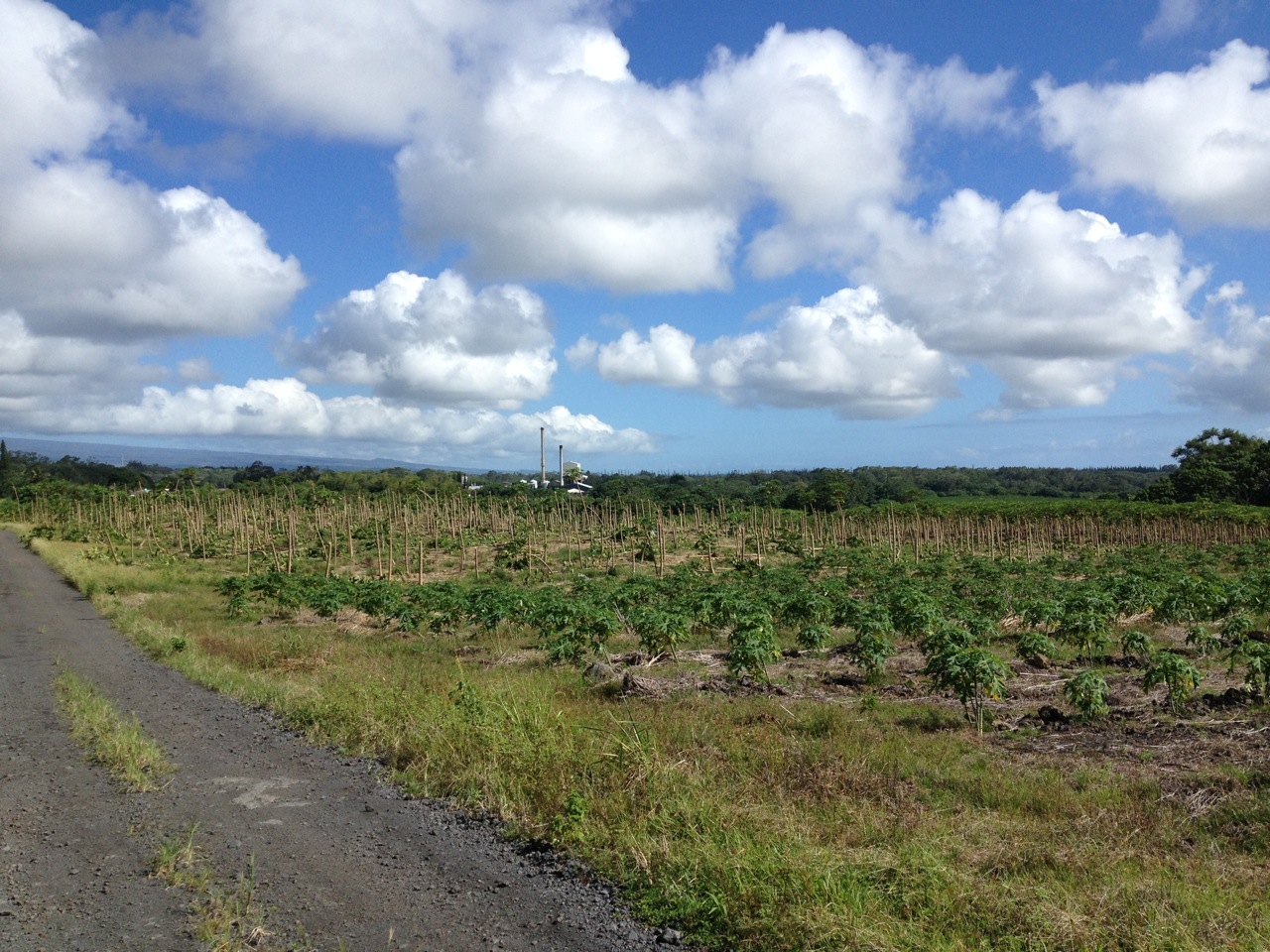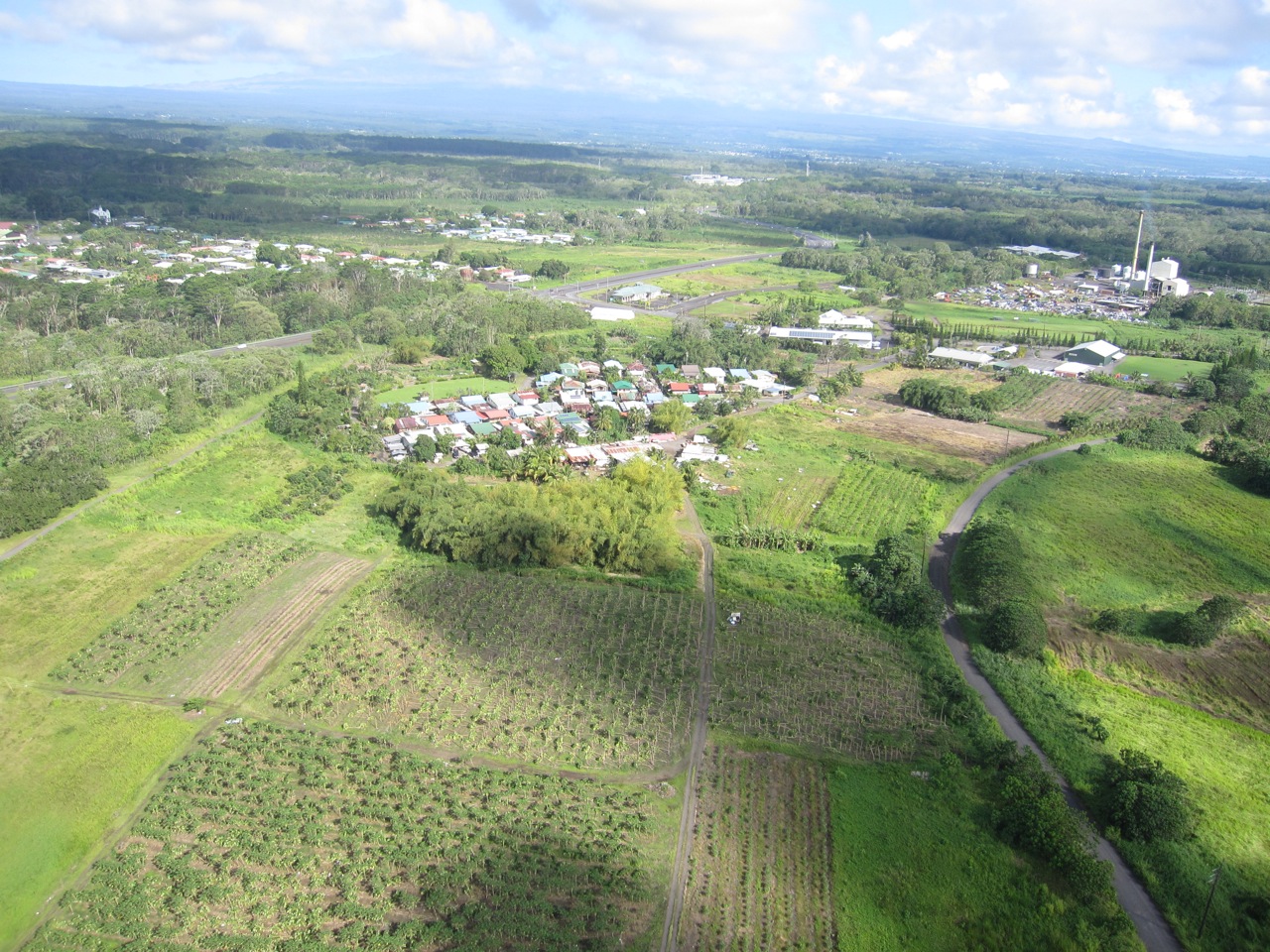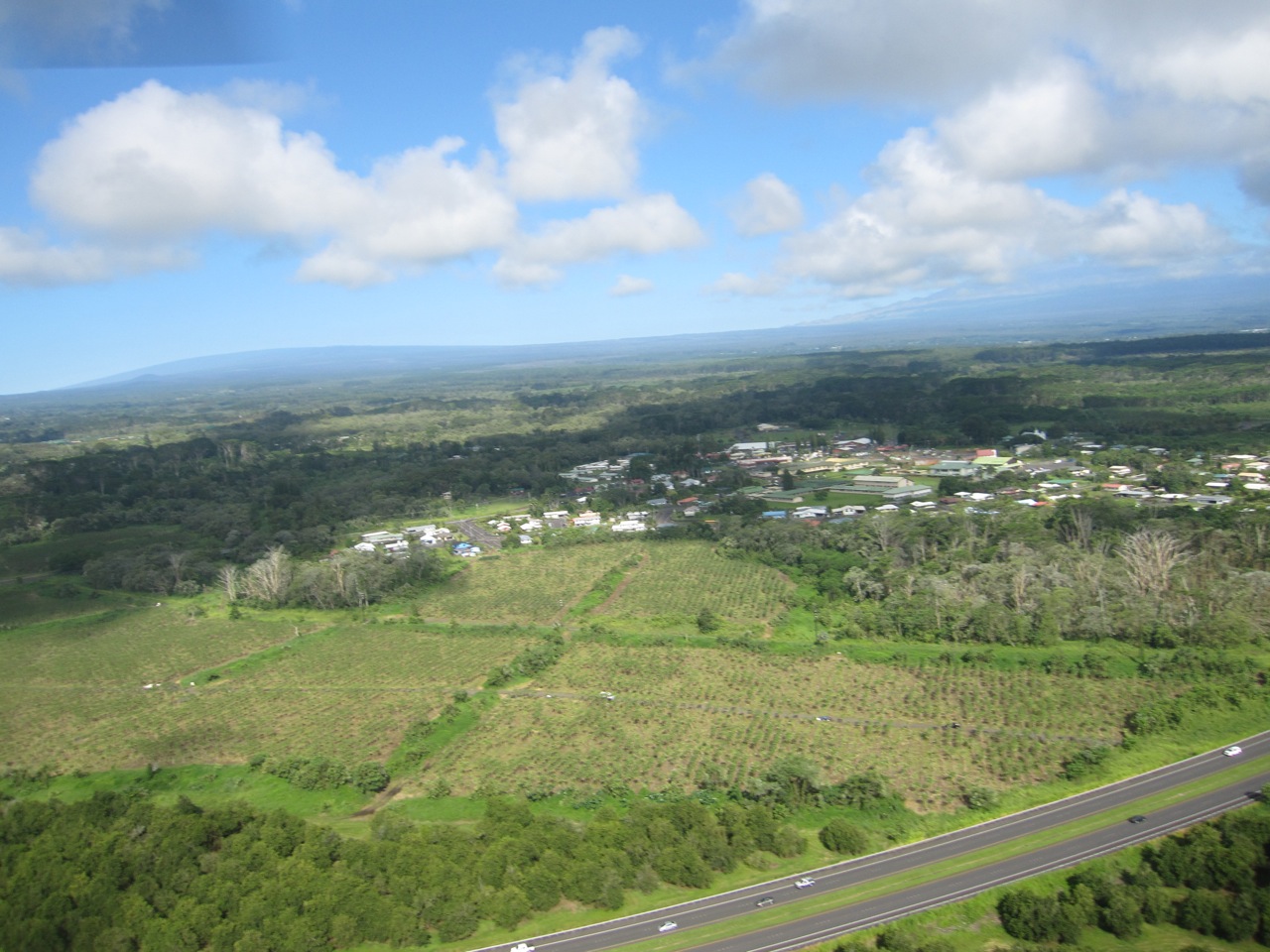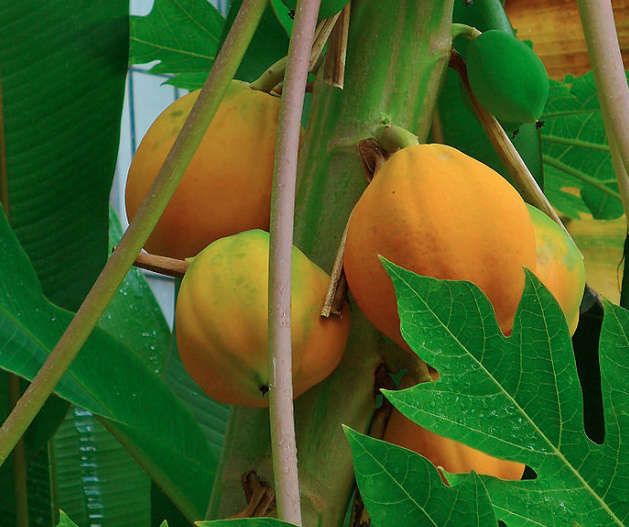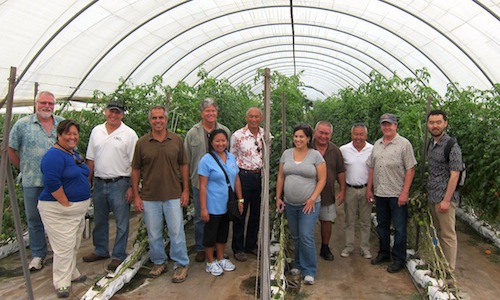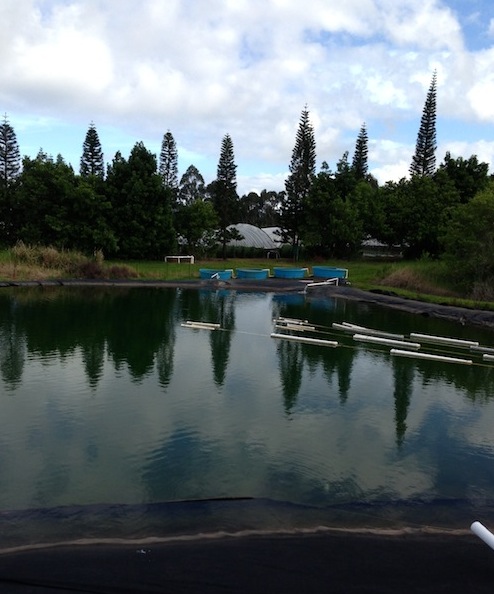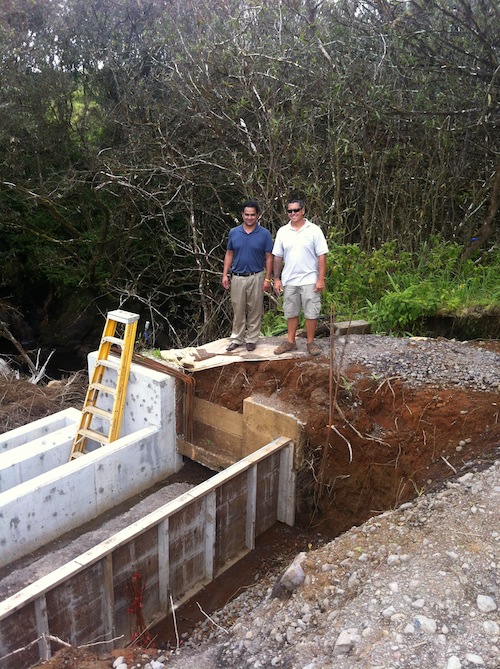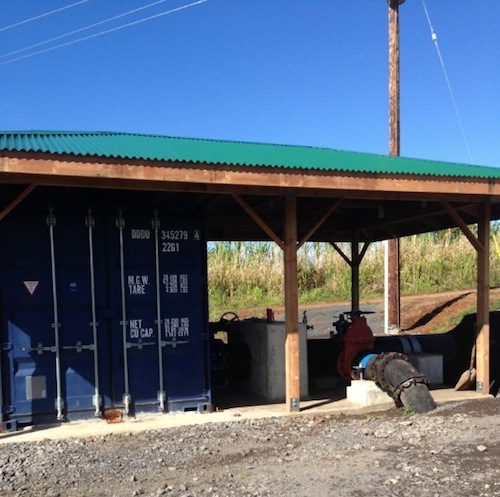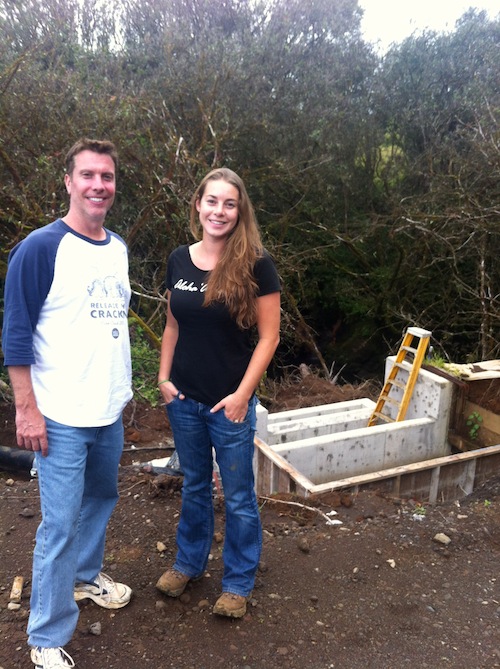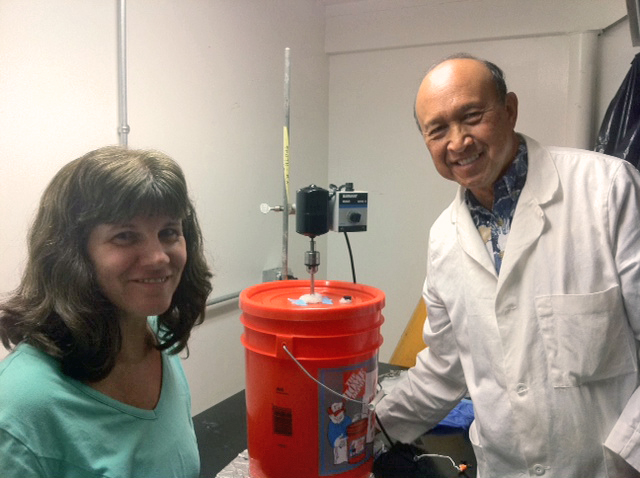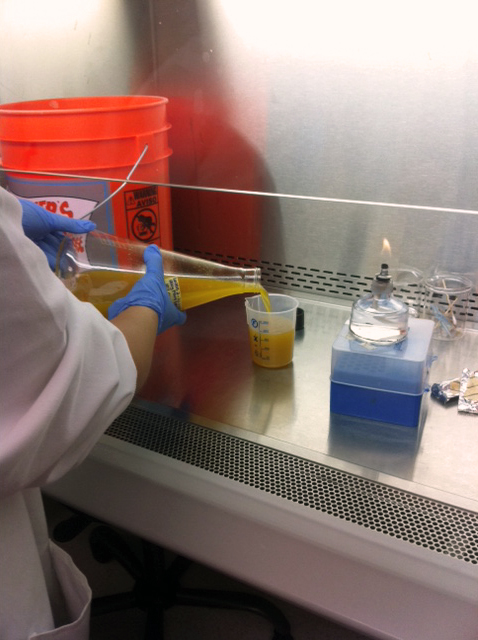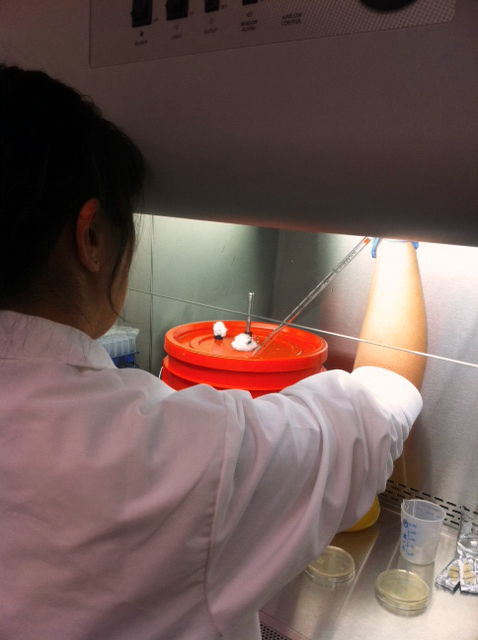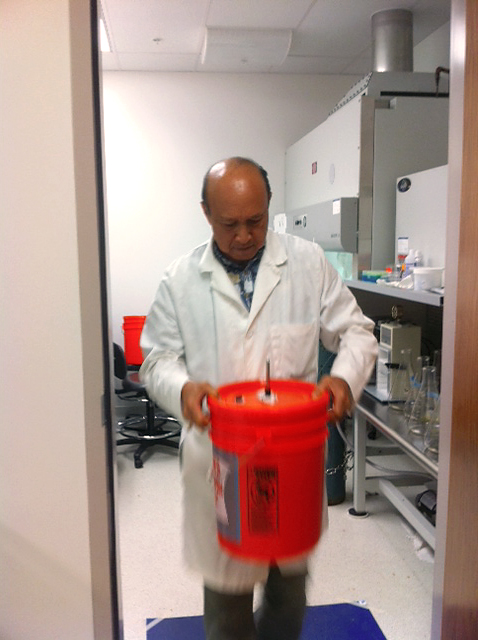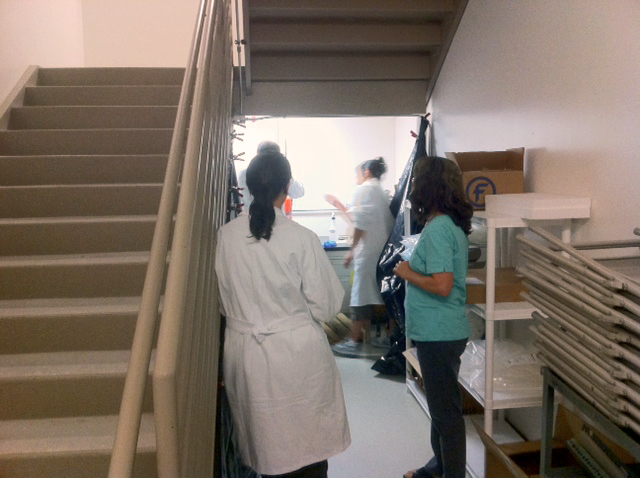Richard Ha writes:
Yesterday, as I sat in on a Hawai‘i County Council discussion of the anti-GMO bill, I realized that I am starting to get a very uncomfortable feeling. It looks like the anti-GMO effort we are seeing here is being organized and run from the Mainland.
A reporter from the New York Times attended yesterday’s Hawai‘i Council Council meeting, too. I think they are tracking the money.
From Genetic Literacy Project (tagline: “Where Science Trumps Ideology”):
Hawaii anti-GMO ‘corruption’ scandal? Genetic Literacy Project investigation underway
Jon Entine | September 3, 2013
| Genetic Literacy Project
It’s shaping up to be an ugly week on Hawaii Island. Beginning in Hilo on Wednesday, September 4, the island Council will again debate controversial measures designed to curtail the growing of genetically modified crops on the island.
The Battle over GMOs on both Hawaii and Kauai has been rancorous, threatening to tear apart the aloha spirit that has defined the Hawaiian Islands for centuries. The ‘public discussion’
took a sharply political turn in May when Kohala Councilwoman Margaret Wille brought forward Bill 79, which banned GMOs but proposed to exempt the GMO Rainbow papaya crop, which is credited by scientists and independent experts for rescuing the papaya on Hawaii from extinction threatened by the ringspot
virus.
Bill 79 was widely regarded as a scientific and political mess, as the independent website Biofortified.org noted in its analysis. The
committee held four days of public comment sessions, with tensions running high and the debate turning personal. Wille withdrew the bill in early August after the hearings and a Council discussion made it clear that it was poorly written.
Now Wille is back with a similar measure. (The
GLP publishes a response to the bill below provided by the Hawaii Papaya Industry Association.) But this time, she has dubious company. South Kona/Ka‘u Councilwoman Brenda Ford has introduced her own “book burning” measure, proposing that all papaya fields be cut down and burned—the position supported
by the more radical anti-GMO activists who have come to dominate the anti side of the debate.
Funding corruption by anti-GMO campaigners?
Activist leaders opposed to crop biotechnology, such as Walter Ritte, the Molokai-based political activist, have attempted to frame this battle as David vs. Goliath, threadbare grassroots campaigners fighting Big Ag. Although they claim their opposition to the innovative technology is home grown, a Genetic Literacy
Project investigation, still in its infancy, suggests that the opposition is flush with cash, getting hundreds of thousands of dollars each year from mainland anti-GMO organic organizations that have an ideological stake in blocking new farming technologies.
For nearly a decade, an impressionable anti-GMO mob mentality has been carefully cultivated on Hawaii island, but documents reviewed by the GLP suggest this increasingly ugly turn has been nurtured by slick and well financed outsiders…. Read the rest
Not only is outside money possibly dictating our future, but also of note is that Councilperson Brenda Ford arranged for someone named Jeffrey Smith to Skype into the County Council discussion yesterday from the Mainland.
It takes very little research to see that Jeffrey Smith is not credible, but goes around the country scaring people with his unsubstantiated claims that have been widely discredited by the scientific community. He has no scientific credentials and has self-published a book called “Genetic Roulette.”
Here’s what the independent, non-profit organization Academics Review says:
Yogic Flying and GM Foods:The Wild Theories of Jeffrey Smith
…The “scientific studies” that Smith says support his theories are thoroughly contradicted by a vast body of data and scientific
experience; they are wholly irresponsible. In his single-minded campaign against GM crops, Smith has shown an amazing capacity to ignore the scientific literature on almost every topic he discusses.
But, as he showed at that press conference when he explained the role that meditation should play in the “collective consciousness,” Smith is a gifted communicator.
He’s particularly adept at getting his message out via the latest online methods, which he uses to spread his misinformation about
biotechnology, in particular, to an ever-widening audience. In his most recent self-published book, Genetic Roulette, Smith claims to show 65 different “documented health risks” associated with biotech foods. Not one of them has been found to be scientifically valid by Academics Review.
Also from Academics Review, which is “an association of academic professors, researchers, teachers and credentialed authors from around the world who are committed to the unsurpassed value of the peer review in establishing sound science. We stand against falsehoods, half-baked assertions and theories or claims not subjected to this kind of rigorous review:”
Jeffrey Smith: False Claims Unsupported by Science
Jeffrey Smith has gained fame for claiming biotech foods are dangerous, but none of his claims are based on sound science. Smith has no discernible scientific training yet makes 65 such claims in his book Genetic Roulette. Click here for a point-by-point response based on peer-reviewed science.
Others agree:
Discover magazine blog:
When the definitive history of the GMO debate is written, Jeffrey Smith is going to figure prominently in the section on pseudoscience. He is the equivalent of an anti-vaccine leader,
someone who is quite successful in spreading fear and false information. (AsDavid Gorski at the Science-based Medicine blog has noted, the anti-vaccine and anti-GMO movements are two birdsof the same feather.)
Forbes:
For whatever reason, Smith hasbecome wildly popular among the antis, and his books—however dubiously written and sourced—are cited as canon by rank and file protestors.
Smith’s own Wikipedia bio: A variety of American organic food companies see Smith “as a champion for their interests,” and Smith’s supporters describe him as “arguably the world’s foremost expert on the topic of genetically modified foods.” Michael Specter,
writing in The New Yorker, reported that Smith was presented as a “scientist” on The Dr. Oz Show although he lacks any scientific experience or relevant qualifications. Bruce Chassy, a molecular biologist and food scientist, wrote to the show arguing that Smith’s “only professional experience prior to taking up his crusade against biotechnology is as a ballroom-dance teacher, yogic flying instructor, and political candidate for the Maharishi cult’s natural-law party.” The director of the Organic Consumers Association says Smith is “respected as a public educator on GMOs” while “supporters of biotechnology” have described him as “misinformed and misleading” and as “an activist with no scientific or medical background” who is known for his “near-hysterical criticism of biotech foods.”
Per Wikipedia, then, Jeffrey Smith’s professional experience is in ballroom dancing and yogic flying.
Honestly, I don’t think any part of this debate is about us. From my local point of view, this whole mainland-fueled debate is about national organic farming vs. Monsanto.
But fighting this war here means local farmers become collateral damage. All we farmers want is not to get trampled by the elephants. If we on the Big Island cannot use biotech when farmers all around us can, we lose and eventually we Big Island farmers all go out of business. So what if food costs rise for the rubbah slippah folks, right?

